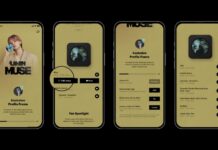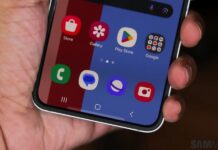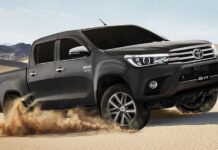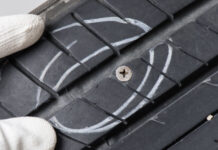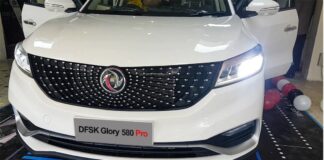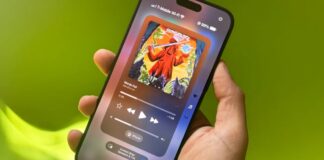An official launch event for Huawei’s P9 smartphone confirms a partnership with camera brand Leica as well as price, specifications and a launch date for the April release.
On sale from April 16 with pricing to start at €599, ie. 88000 PKR, the P9 and its larger sibling P9 Plus €649, ie. 95000 PKR represent an opportunity for Huawei to further align itself with aspirational values.
The Leica partnership looks to woo photography aficionados, touting best-in-class capabilities, while Huawei is also emphasizing “state-of-the-art industrial design.”
Huawei P9
The P9 contains a 5.2in 1080p display, a Kirin 955 2.5GHz 64-bit processor, and a 3,000mAh battery; the P9 Plus comes with a 5.5in Press Touch display, a 3,400mAh battery, and a Rapid Charge feature that offers 6 hours of talk time after 10 minute’s charging.
See the complete specifications below:
Huawei P9 Specifications
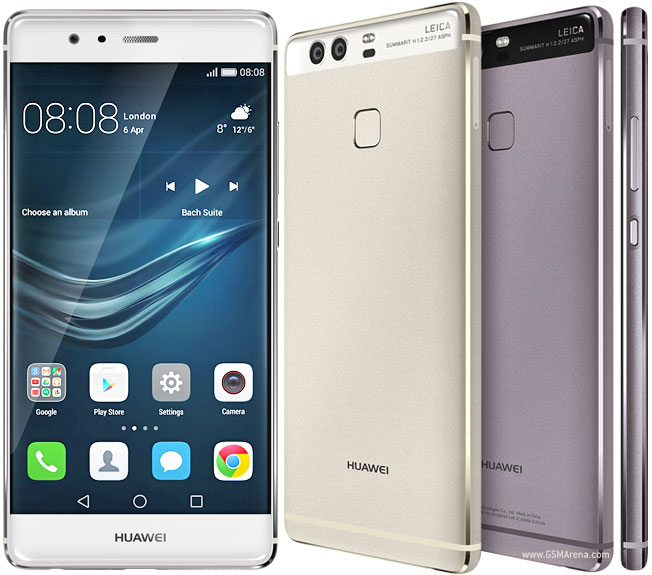
- CPU: 4x Cortex-A72 2.5 GHz and 4x Cortex-A53 1.8 GHz
- GPU: Mali-T880 MP4
- Chipset: Huawei Kirin 955
- OS: Android 6.0 Marshmallow based Emotion UI 4.1
- Supported Networks: 2G, 3G, 4G LTE, dual-SIM
- Design: Aluminium Unibody
- Dual Camera Setup
- Rear Fingerprint scanner
- Display:
- 5.2” IPS display with 1080p resolution (423 PPI)
- 2.5D Corning Gorilla Glass 4
- Memory:
- RAM: 3/4 GB
- Internal: 32/64 GB
- Card slot: Yes (uses second SIM slot)
- Camera:
- Primary: Dual 12 MP, f/2.2, 27 mm, Leica optics, Laser and phase detection autofocus, Dual-LED Flash
- Secondary: 8 MP/ 1080p
- Connectivity: NFC, GPS with GLONASS/BDS, Bluetooth 4.1, USB Type-C
- Colours: Ceramic White, Haze Gold, Rose Gold, Titanium Grey, Mystic Silver, Prestige Gold
- Battery: 3,000 mAh battery
Huawei P9 Plus Specifications
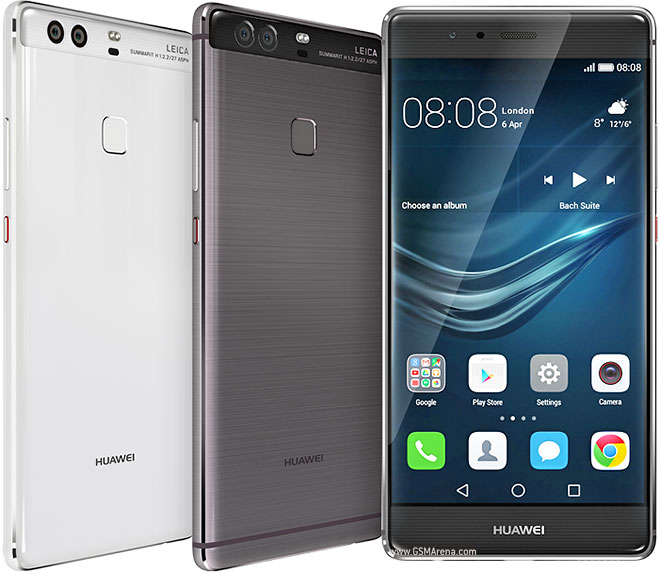
- CPU: 4x Cortex-A72 2.5 GHz and 4x Cortex-A53 1.8 GHz
- GPU: Mali-T880 MP4
- Chipset: Huawei Kirin 955
- OS: Android 6.0 Marshmallow based Emotion UI 4.1
- Supported Networks: 2G, 3G, 4G LTE, dual-SIM
- Design: Aluminium Unibody
- Dimensions: 152.3 x 75.3 x 7 mm
- Weight: 162 grams
- Rear Fingerprint scanner
- Display:
- 5.5” IPS display with 1080p resolution (401 PPI)
- 2.5D Corning Gorilla Glass 4
- Press Touch pressure sensitive screen
- Memory:
- RAM: 4 GB
- Internal: 64 GB
- Card slot: Yes (uses second SIM slot)
- Camera:
- Primary: Dual 12 MP, f/2.2, 27 mm, Leica optics, Laser and phase detection autofocus, Dual-LED Flash
- Secondary: 8 MP/ 1080p
- Connectivity: NFC, GPS with GLONASS/BDS, Bluetooth 4.1, USB Type-C, Fingerprint
- Colours: Titanium Grey, Mystic Silver, Prestige Gold, Rose Gold
- Battery: 3,400 mAh battery with Dual-IC Rapid Charge
Its launch event was held in London, and the UK was among 29 first wave markets named by Huawei in advance of an April 16 regional retail debut across Europe and the Middle East.
The smartphone maker in late February announced the partnership with Leica, one of the most respected names in the camera industry, in a bid to improve its premium smartphone selection.
“We are going to launch our P9 flagship phone very soon and this is a product that we worked with Leica to produce,” Huawei deputy chairman Guo Ping said at a press conference held at their Shenzhen headquarters, where the company’s annual results were announced.
“We need to work with the strongest partners in this area to provide the best product,” Guo said, adding that the there is “fierce competition” in the consumer market.
Huawei saw net profit rise 33 percent year-on-year for 2015, reaching 36.9 billion yuan ($5.7 billion), and said revenue for the year was 395 billion yuan, a year-on-year increase of 37 percent.
Its consumer business grew 72.9 percent to 129.1 billion yuan, after it shipped 108 million smartphones for the year and attributed its growth to the growing influence of the Huawei brand.
The firm is one of the largest providers of network infrastructure globally, but its consumer products are less well-known outside of China.
Since its founding in 1987, Huawei has surged to become one of the world’s top manufacturers of network equipment, operating in 170 countries and expanding rapidly into consumer electronics such as smartphones.
But the company has been isolated from government contracts in some countries due to security fears.
Australia last year barred Huawei from bidding to build its national broadband network, saying security agencies warned the Chinese company posed risks.
Huawei has taken a leading position in the smartphone market in China ahead of Samsung, but its US offerings have been limited until its recent agreement to produce a Nexus phone for Google.


